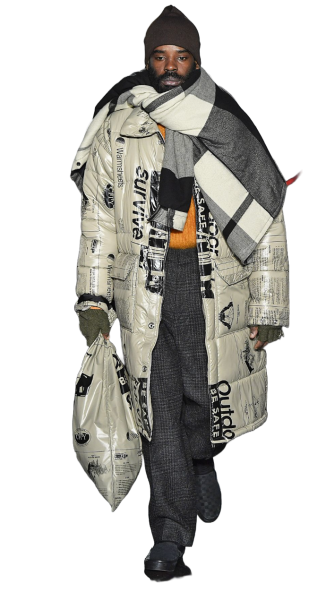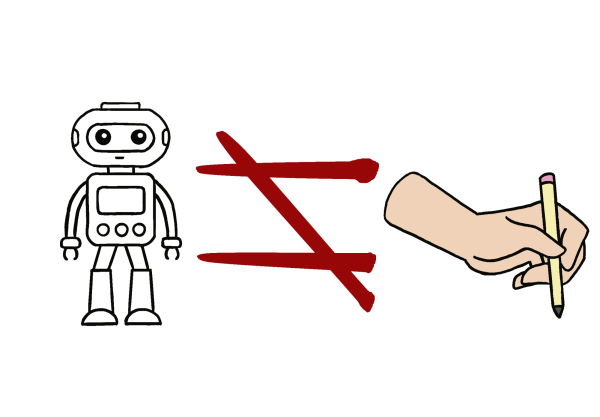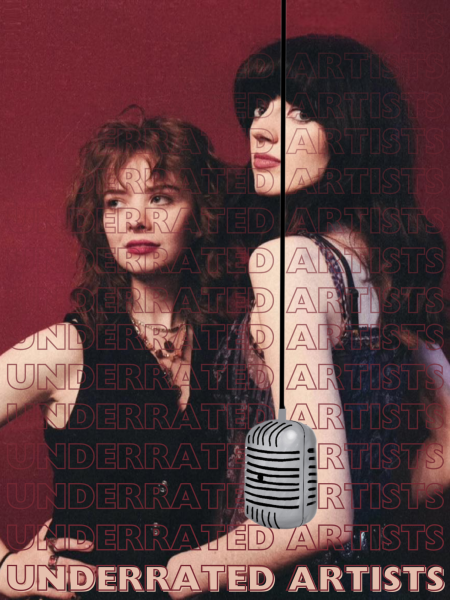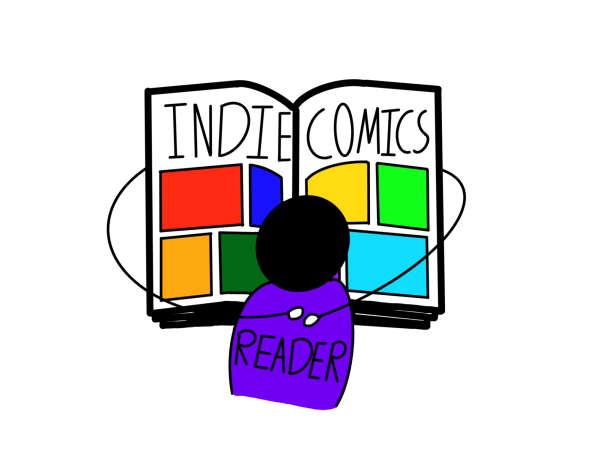’13 Reasons Why’ is soulful, clichéd
The Netflix series tries to distinguish itself from its source material
“13 Reasons Why” is a complicated show.
In the new Netflix series, high schooler Clay Jensen receives a package of 13 cassette tapes, which he discovers are the last recordings of Hannah Baker, a student who recently committed suicide. Each tape describes a person at the school, including Clay, and what each did to drive Hannah to eventually kill herself. The series is based on a 2007 novel by Jay Asher, however, despite having the same basic plotlines, these two works are different.
The book in many ways is simpler than the series, focusing mainly on Clay’s journey as he bikes through the town following the locations in the tapes. As he listens, his perception of his relationship to Hannah and the others mentioned in the tapes shifts as secrets unfold. However, it is never about the other characters except in their relationship to Hannah or Clay. The audience resonates with Clay as the world he thought he knew collapses and he tries to piece it together again.
The Netflix series makes many changes from its source material. For one, it has multiple non-white actors and actresses, having a normalized multiracial family and also implementing at least six LGBT characters. But there is one fundamental change: it shifts perspective. The book is told in first person, from the viewpoint of Clay only, but the series’s point of view is omnipotent.

Visual and print media have contrasting audiences and different ways to tell stories. Television often has a larger cast and can afford to shift between multiple story arcs, while books are harder to pull off with multiple narrators. By focusing beyond Clay, the series develops its secondary characters and gives them backgrounds and subplots where the book could not.
It’s not entirely fair to review the new series exclusively as an adaptation of a book. However, it is worth noting the consequences those changes have on how that original story is told.
By adding more plotlines, there is always action. When one arc gets a bit slow, a different one can pull in its own drama, leaving little time for the audience to reflect or catch their breath short of pressing the pause button.
Some of these plotlines, especially those that give backgrounds to the other characters on the tapes, give the story depth. But others appear contrived, almost laughably adhering to soap opera tropes and distracting from the main story arc to the extent that I would have stopped watching if I weren’t reviewing it.
Ironically, by giving the secondary characters more screen time, the main character, Clay, is underdeveloped. He is jumped into the action so abruptly the audience never gets to be familiar with his character. As he makes less rational choices, we have to trust when other characters comment that he’s “not acting like himself” rather than from our judgement.
Despite this, we do get a brilliant picture of Hannah. Although Clay is technically the main character, his own flashbacks along with Hannah’s recorded thoughts make her more developed. This causes each reason described on the tapes to be more powerful – the audience doesn’t just feel bad for her because the actions are objectively bad, but because they can also resonate with her on a deeper level, something absent from Clay.
It is impossible to discuss this show without addressing its darker elements. While the book is young-adult fiction, the series is rated TV-MA. The series has a no-holds-barred attitude, and depicts violence, rape and suicide in graphic detail. As a consequence, it never holds a romanticization of these subjects. The events feel real, disgusting and awful, and since they also occur in the later episodes, they damage the characters the audience has grown attached to.
I understand the need to portray it in reality, to contrast the trivial problems of daily life to something grotesque and horrific. But much of the beginning of the show clearly caters to the young adults, and, regardless what the rating is, they are still the audience. Even with individual warnings on the episodes with the most disturbing elements, it is hard to expect viewers to watch three-quarters of the way through, then warn them and expect them to just stop watching.
Ultimately, there’s never going to be a “best” way to depict suicide, and it is unfortunately an issue relevant to youth today. This series respects both the desire to remember the dead with the need to show that suicide is not and should never be glorified.
This show took risks I never expected it to and clearly distinguished itself not only from the book, but from other shows of its genre. Some of those decisions worked well, others not so much. “13 Reasons Why” is not my favorite show on Netflix, and I’m not sure I ever want to rewatch it, but I’m certain it will stay with me for a very long time.








